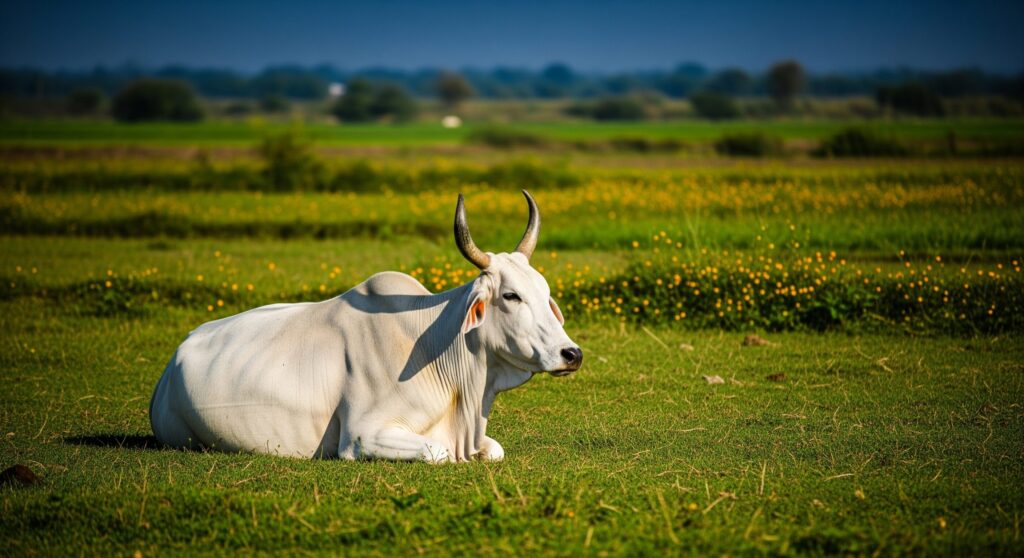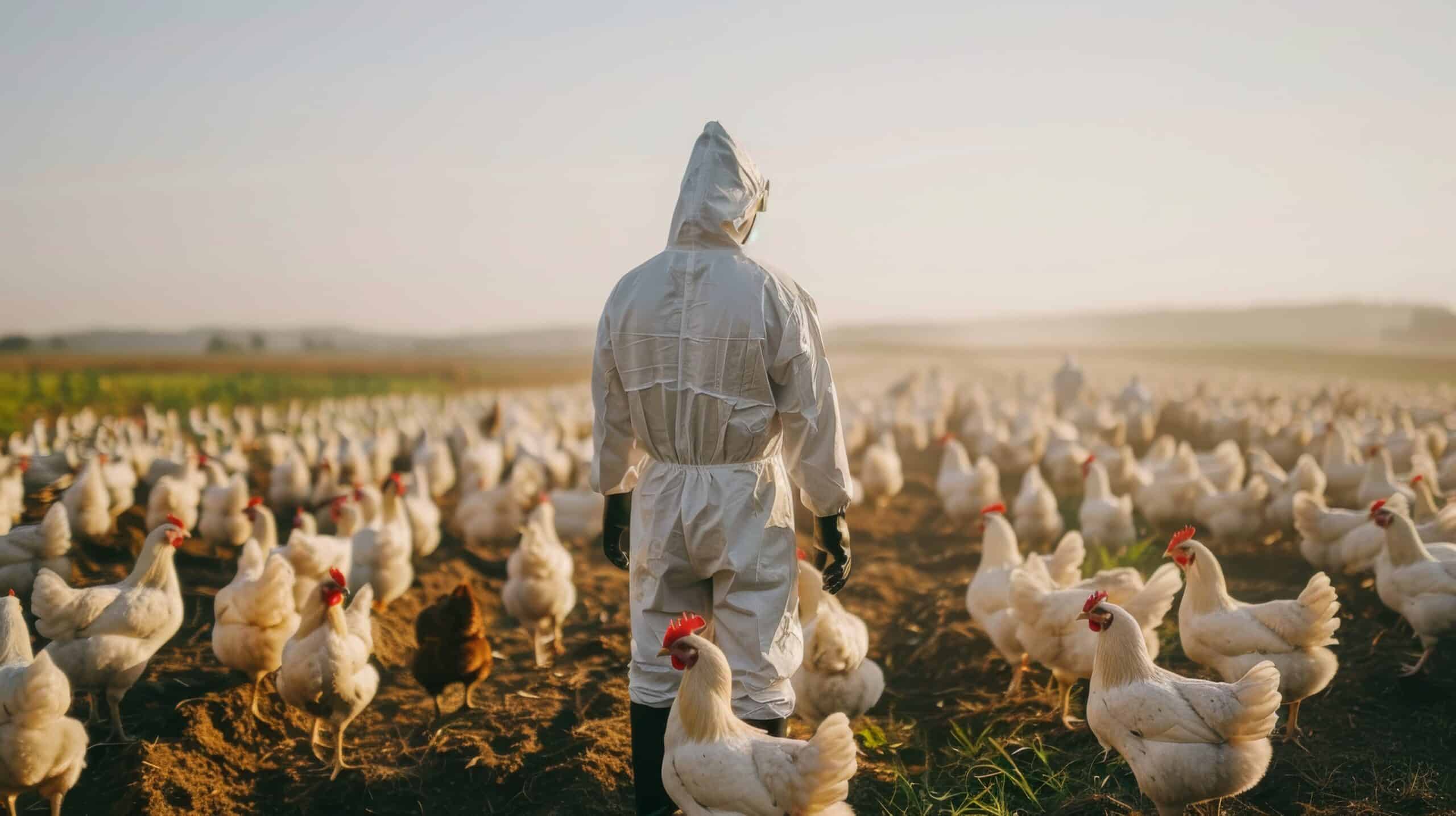Bovine Respiratory Disease (BRD) is one of the most economically significant cattle diseases affecting the global beef and dairy industries. Also known as “shipping fever,” BRD is a complex condition caused by a combination of viral infections, bacterial pathogens, and environmental stressors. It primarily affects the lungs and airways of cattle, leading to poor performance, reduced weight gain, and increased mortality, especially in young and newly transported animals.
Causes of Bovine Respiratory Disease
BRD is not caused by a single pathogen, but rather a combination of infectious agents and stress-related factors. The most common viral agents include:
- Bovine Herpesvirus-1 (IBR)
- Bovine Viral Diarrhea Virus (BVDV)
- Bovine Respiratory Syncytial Virus (BRSV)
- Parainfluenza-3 Virus (PI3)
These viruses weaken the immune system and damage the respiratory tract, paving the way for secondary bacterial infections. The most common bacterial agents involved in bovine respiratory disease are:
- Mannheimia haemolytica
- Pasteurella multocida
- Histophilus somni
- Mycoplasma bovis
Environmental stressors—such as transportation, weaning, overcrowding, and sudden weather changes—also play a critical role in the development of BRD. These stressors compromise the animal’s immune system, making them more susceptible to infection.
Symptoms of BRD in Cattle
Early detection of respiratory disease is vital to successful treatment. Common symptoms include:
- Fever (over 104°F or 40°C)
- Rapid or labored breathing
- Nasal discharge (clear to purulent)
- Coughing
- Lethargy and reduced feed intake
- Drooping ears and head
- Isolation from the herd
In severe cases, cattle may show open-mouth breathing and cyanosis (blue discoloration of mucous membranes), indicating poor oxygenation.
Treatment of Respiratory Diseases in Cattle
The treatment of respiratory disease in cattle depends on the stage and severity of the infection. Timely veterinary intervention is essential to minimize lung damage and economic loss.
Antibiotic Therapy
Antibiotics are commonly used to combat bacterial infections associated with BRD. The choice of antibiotic depends on the suspected pathogen, the age of the animal, and the withdrawal period. Commonly used antibiotics include tulathromycin, florfenicol, and oxytetracycline.
Anti-inflammatory Drugs
Non-steroidal anti-inflammatory drugs (NSAIDs) are often administered alongside antibiotics to reduce fever, improve breathing, and enhance animal comfort.
Supportive Care
Ensuring good hydration, nutrition, and stress management is crucial during recovery. Isolating sick animals also prevents the spread of infection within the herd.
Prevention Strategies
Preventing BRD is far more effective and economical than treating it. Key preventive measures include:
- Vaccination against both viral and bacterial pathogens
- Biosecurity protocols to limit disease transmission
- Minimizing stress during transport and weaning
- Proper ventilation and housing management
- Nutrition support, especially during high-risk periods
Conclusion
Bovine respiratory disease remains a critical challenge for both dairy and beef operations. By understanding the causes, symptoms, and treatment of respiratory diseases in cattle, producers can make informed decisions to protect herd health and productivity. Proactive health management, vaccination programs, and early intervention are the most effective tools in controlling this costly and complex disease.







.png)












.png)






